Recent Updates
04/27/2024 12:00 AM
Jaguar to stay in Formula E after reinvention as premium EV brand
04/26/2024 12:00 PM
Retro-look Toyota Land Cruiser priced from £74,995 in the UK
04/26/2024 12:00 PM
Arcfox to Zeekr: Star cars at the 2024 Beijing motor show
04/26/2024 12:00 PM
BYD-owned Fangchengbao brings three new cars to Beijing show
04/26/2024 12:00 PM
Beijing motor show: The Chinese car industry has finally come of age
04/26/2024 12:00 PM
Bentley's next bespoke Mulliner car brings most powerful W12 yet
04/26/2024 12:00 AM
MG Cyberster electric roadster on sale now from £54,995
04/26/2024 12:00 AM
Nevs Emily GT rescuer buys factory in Italy; first EVs due this year
04/26/2024 12:00 AM
Dacia Duster
04/26/2024 12:00 AM
Toyota unwraps family-focused bZ3X at Beijing motor show
EV, Hybrid, Hydrogen, Solar & more 21st century mobility!
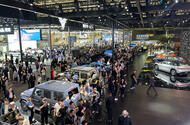 This year's event showed how quickly some Chinese firms are surpassing some of the West's oldest names
This year's event showed how quickly some Chinese firms are surpassing some of the West's oldest names
The cost, the technology and now the styling of the cars and branding of the companies: the latter stages in the development of the Chinese industry was on full show at the Beijing motor show, which ran this week for the first time since 2018.
When the Chinese car makers cracked brands and branding, these were always going to be the things that could really take them global and into the mainstream, rather than simply known for cost. The 2024 Beijing show could turn out to be the springboard for that.
Indeed, western car makers at Beijing were in turn talking up the strength of their own brands as for how they can continue to have an edge and stay ahead.
The show was squeezed into eight halls at a convention centre in the north east of Beijing’s still-expanding metropolis (I swear that tower block has an extra storey on two on it than when we drove past yesterday…) and provided a striking insight into just how far China’s domestic industry has developed and the obvious export appeal of several of its latest models.
Wednesday, 19:00 The main pre-show event was a BMW Group night, which unusually included Rolls-Royce co-branding - although not any Rolls-Royce cars. There was the unveiling of a revised BMW i4, but the big news was the new Mini Aceman, a Chinese-built electric supermini that has the potential to be the Mini brand’s best seller.Â
The Aceman looks very literally styled to be between the Cooper and Countryman, looking half like an expanded version of the former and shrunken version of the latter. It's tipped to be the best-seller not least because it finally opens up real volume in the Chinese market, where local production is key.Â
Mini will look to mirror the success of BMW, one of few western brands to enjoy a successful 2023 in China. BMW Group sales boss (and ex-China boss) Jochen Goller told me the brand is “as resilient as it can be†against any external geopolitical forces, as its production in China is focused on China, without any export threats. “The product follows the market and we localise as much as possible,†he said.
Thursday, 08:30 Beijing traffic survived and straight to the show halls. I can remember my first trip to a Chinese show in Shanghai in 2013 and being shown around a hall by the design chief of a western car maker.
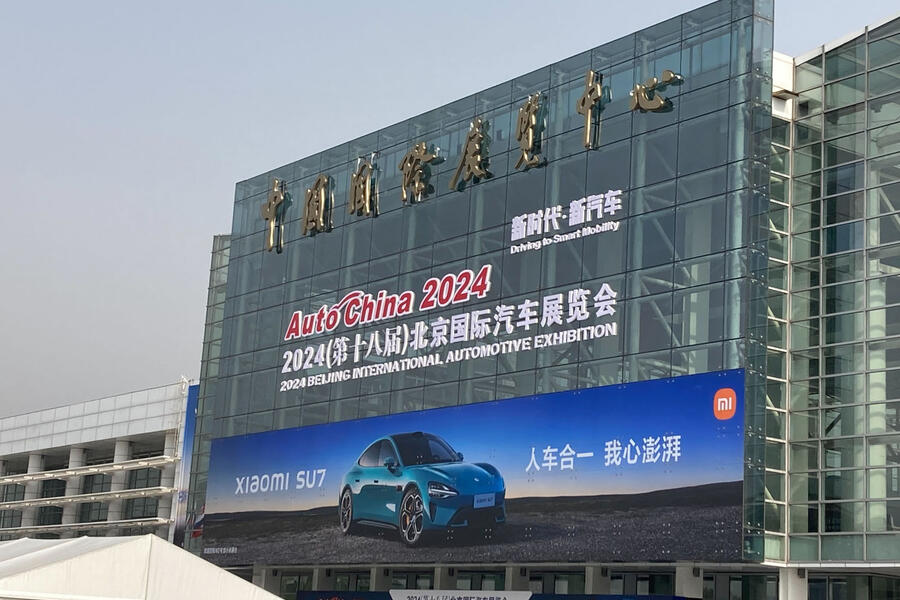
They pointed out in horror (yet not sneeriness) some of the fit and finish of many of the models on display – memorably a foglight where it seemed they had to run out of glassfibre to trim it.Â
Oh what a difference a decade makes. Many cars had the look of an AI-generated Tesla about them, but they were still largely clean and modern, with simple faces, lines and designs. In little over a decade, Chinese cars have gone from looking like old 1990s Hondas and Toyotas to blatant western copycats, then to shouty and showy, and now refinement has taken over, and the stands and logos adorning them are often as smart as many cars themselves.
09:00 In contrast, the stands of the likes of Lincoln, Genesis and Lexus I pass en route to my first interview look a bit dark, dingy and tired – and have far less foot traffic. Given the constant desire for ‘new’ in China and the pace of progress and development, you can see why interest in brands like these are waning among far less loyal consumers for whom the latest technology and design is king.Â
09:15 I also pass JLR’s House of Brands on its show stand, where Defender, Discovery, Jaguar and Range Rover each get their own branding. All this did was to show how it’s only really a two-bedroom house, with the Defender and in particular Range Rover models dwarfing the other duo. The JLR logo was also given a rare consumer outing, itself rather apologetically placed on a back wall. I'm not sure what relevance this has with car buyers.Â
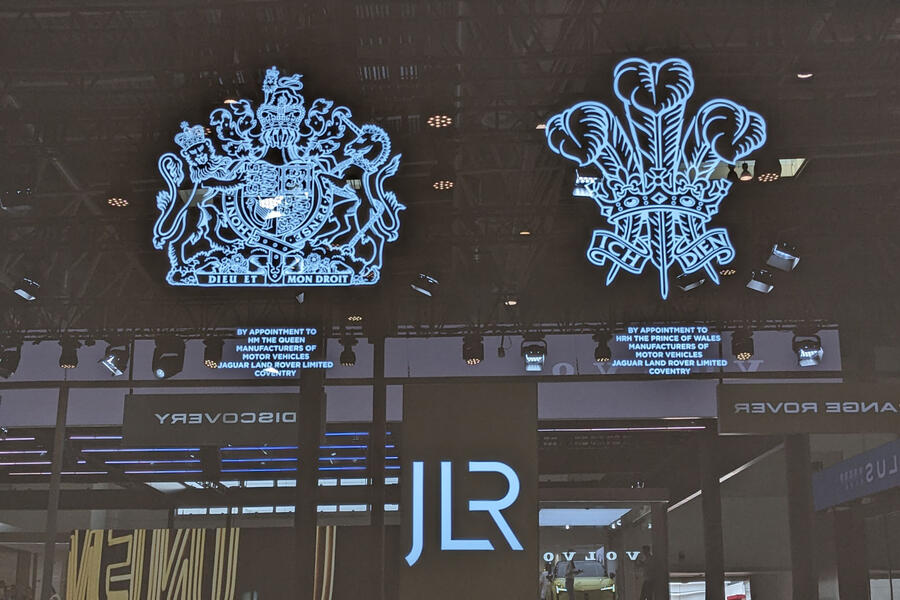
10:15 BMW product boss Bernd Koerber is in buoyant mode, not only for thinking the company has all bases covered with its ‘mixed energy’ platforms that cover combustion engines, hybrid systems and electric powertrains, insulating it from slow demand for the latter, but also because he has answer to that question of brands amid China’s catch-up here.
He believes the strength of the BMW brand is the “best protection†from interest waning from Chinese buyers. Individual brands and branding must be strong to survive and thive; simply being a western brand in China is no longer a guarantee of success.Â
I don’t think I’ve ever seen a larger crowd around a car at a motor show than the Xiaomi SU7, so much so that I had to Google it to find out what it looked like without elbows sharp enough to get near it.
The smartphone maker has done what Apple and Google have so far failed to do and launched a car, one its maker claims to have had 75,000 orders for already and plans to deliver the first 10,000 units in June, which it believes to be record for a start-up.Â
Xiaomi founder Lei Jun called on talent from other car makers to come join his 6000-strong team, which for the next three years at least only has desires to build cars for China, perhaps to the mercy of some western car makers.Â
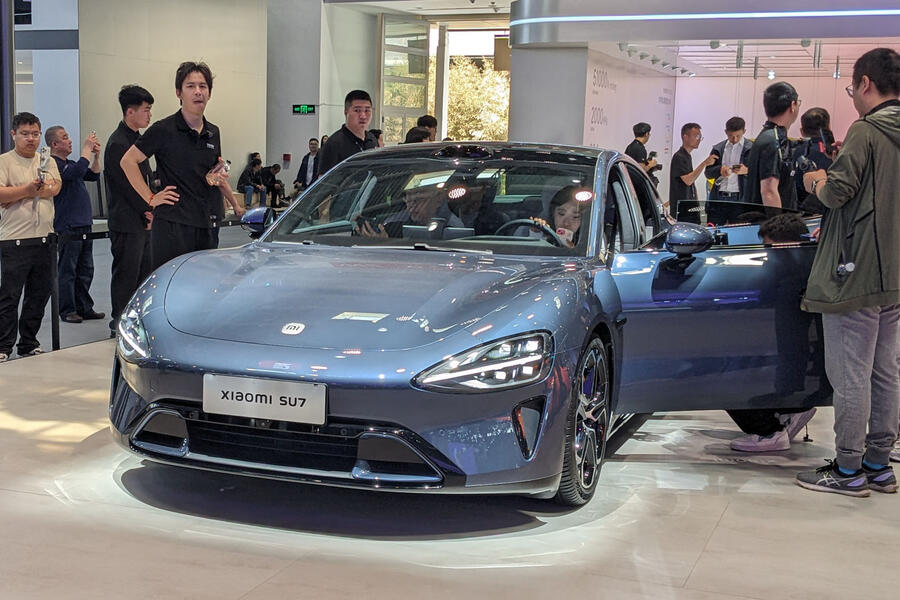
12:30 One thing Chinese car companies also seem to have licked is rapid development times. In response, Mercedes-Benz development boss Markus Schäfer tells me their own development times have been cut from 58 months to around 40 now, with more to come. Volkswagen revealed something similar last year at the Munich show, with development chief Kai Grunitz saying the goal was to come down to 30 months.Â
Schäfer also says he expects big facelifts and updates in the middle of a car’s life cycle to be far less prevalent in the future, due to the rise of over-the-air software updates, which will allow for far more features to be added constantly over a car’s life. Again, China is leading the way here, due to the need to always be new and up to date.Â
13:00 Scratch beneath the surface of all the shiny newness of the local brands and you do notice some of the plainer models are still there. One such is Roewe, whose range of saloons and crossovers looked tired next to newer brands and models, including those of its own nearby sibling brand Rising.Â
Another Roewe sibling brand, MG, is better far known on our shores, yet it was surprising how little interest there seemed to be in the EXE181 electric hypercar concept, which was probably the easiest major new launch of the day to get up close and photograph.
A phrase of Schäfer's was ringing in my ears still after visiting Roewe and MG: “In China, the disruptors get disrupted.â€
13:30 If a show star can be a person, for me at Beijing it was Mini boss Stefanie Wurst. An extended chat with her allowed brief respite from fishing for the latest scoop. She told me about her father’s role later in his career as a BMW engineer working on early prototypes of the first-generation BMW Mini and establishing BMW production processes for Rover and Mini models. Front-wheel drive proved to be a novelty for her father, after a career spent on rear-wheel-drive models.Â
15:00 The Chinese copycats haven’t completely gone away. The Ford Bronco inspired the front end and the Mercedes G-Class the rear of the Jetour Shanhai T2, and the G-Class and Land Rover Defender were clearly ‘inspirations’ for the designers of iCar on a couple of the models on its stand.
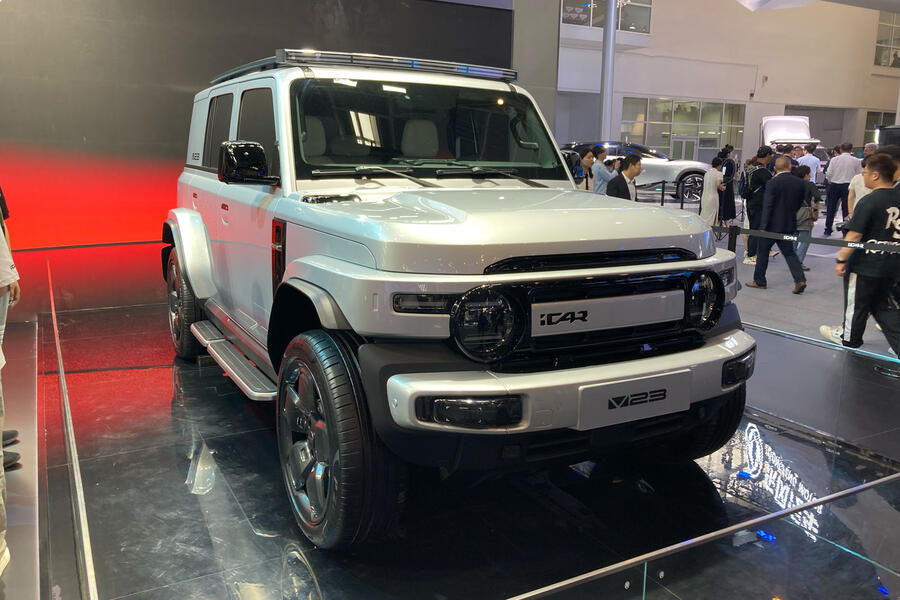
15:15 After successfully developing the Rolls-Royce Spectre, Mihiar Ayoubi is now tasked with developing the next generation of BMWs in its upcoming Neue Klasse range of EVs. Already as cheery as they come, Ayoubi was further buoyed by a meeting with Chinese journalists that morning in which they had looked for reassurance that BMW wouldn't introduce too many distracting automated driving systems and continue to focus on simply making cars that were good to drive.
And there was us thinking that Chinese consumers were the ones looking for such technology. Who really does want it, then?
16:30 After a career spent largely in large German car groups including Volkswagen and Mercedes, Stefan Sielaff is enjoying a career swansong as head of Geely Group design. In a striking chat about just how quickly Chinese car companies get things done, Sielaff said the typical development time for a car was just two years – still some 18 months faster than Mercedes’ reduced development window.Â
17:00 Back to the traffic jam. The Beijing show didn’t quite provide the great leap and demonstration of development as the Shanghai show did last year, simply because there was such a gap between the international media’s last visit to a Chinese motor show in 2019 due to the pandemic.Â
Beijing was a refined and edited version of Shanghai 2023, with fewer has-beens and never-will-bes from local car makers and instead a series of refined and quality designs that look to have true export appeal, and at the very least the biggest share of interest from the local media.
With some exceptions (Mercedes, BMW and Hyundai among them), the western brands generally felt overlooked and less significant at the show not only in terms of the size of crowds on their show stands but also in their wow factor and any discernible edge over their Chinese rivals.
